Bioinspired Flow Sensing and Control
Perceiving like Pisces
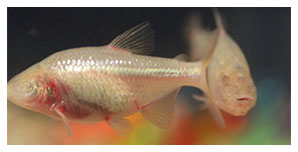
The lateral line found in most species of fish is a sensory organ without analog in humans. Acting in a similar fashion to an array of pressure ...
Dolphin Surfing
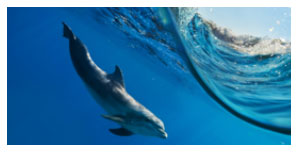 Dolphins have long been renowned for their ability to position themselves relative to another animal, surf on waves or to a hard surface such as the bow of a ...
Dolphins have long been renowned for their ability to position themselves relative to another animal, surf on waves or to a hard surface such as the bow of a ...
Seal Whiskers
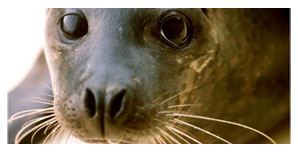 A major challenge for autonomous underwater vehicles (AUVs) is being able to intelligently assess their surroundings. Here we look to the harbor seal ...
A major challenge for autonomous underwater vehicles (AUVs) is being able to intelligently assess their surroundings. Here we look to the harbor seal ...
Multi-Element Foils
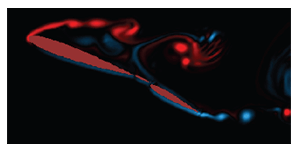
Multi-element foils offer enhanced performance for numerous large angle of attack and high lift applications. For this performance gain to ...
Octobot
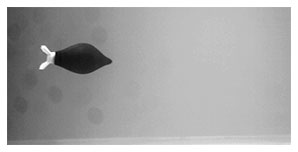
Biomimetics as a functional study of biological systems has inspired the creation of unconventional robots that outperform the traditional ones ...
In-Line Motion
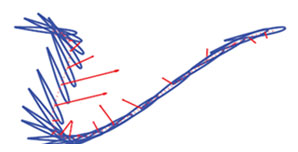 Most fast-swimming fish undulate their caudal fin in a symmetric fashion, with equal force generation from both the upstroke and downstroke of the fin ...
Most fast-swimming fish undulate their caudal fin in a symmetric fashion, with equal force generation from both the upstroke and downstroke of the fin ...
Yaw Angle Control

Over millions of years, fish have evolved in unique ways to adapt to the idiosyncracies of their environments. The Blind Mexican Cavefish...
Hydrofoil Energy Extraction
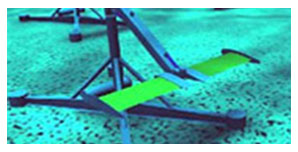
Vortex detection and tracking has applications across a wide range of mechanical and biological systems. For flapping foil ocean energy systems, shed ...
Global Vorticity Shedding
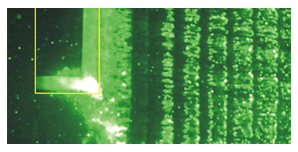 Global vorticity shedding is a phenomenon where the
Global vorticity shedding is a phenomenon where the
boundary layer vorticity on an object is released
into the fluid as a free vortex when the object is ...
Rotating Cylinders
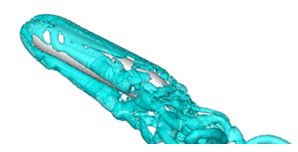
Flow separation dominates the hydrodynamic forces on bluff bodies, so efficient separation control has been and continues to be an area of intense ...
Object Identification
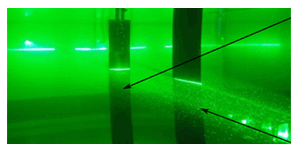 When an underwater vehicle moves, it displaces water, generating a unique velocity and pressure field around it. The presence of an obstacle in the ...
When an underwater vehicle moves, it displaces water, generating a unique velocity and pressure field around it. The presence of an obstacle in the ...
Vortex Induced Vibrations
Vortex Induced Vibrations
Vortex induced vibration (VIV) is a phenomenon observed for bluff bodies in a free stream. The shedding of asymmetric vortices from the bluff body...
BOP Modeling
 Motivated by safe design of ultra-deep offshore wells, an investigation of the hydrodynamic performance of a riser-BOP (Blowout Preventer) system has been ...
Motivated by safe design of ultra-deep offshore wells, an investigation of the hydrodynamic performance of a riser-BOP (Blowout Preventer) system has been ...
DNS of Flexible Cylinders
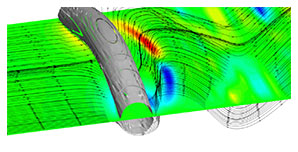 As water flows across a bluff body (i.e. cylindrical object), the object tends to vibrate. This is a result of the flow being unable to stay attached ...
As water flows across a bluff body (i.e. cylindrical object), the object tends to vibrate. This is a result of the flow being unable to stay attached ...
MEMS Pressure Sensors
Artificial Lateral Lines
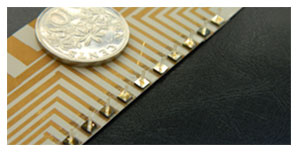
Blind cavefish that survives in deep-waters, is bestowed with the finest set of flow sensors called neuromasts that enable the fish to detect ...
Seal-whisker-like Sensors
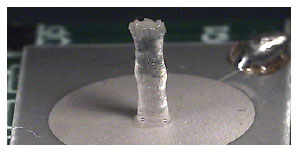
Harbor seal whiskers possess a unique geometry along the length of the whisker which is believed to suppress vortex induced vibrations ...
URV Sensing & Control
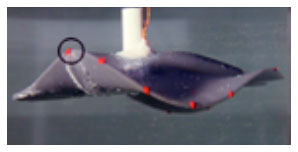
Underwater robotic vehicles (URVs) need to employ a number of sensors that interact with the environment in order to measure various physical quantities and to...
Shark-inspired Sensor
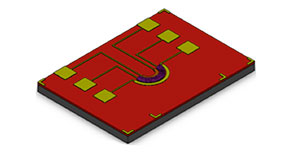
This project will target on developing a MEMS (microelectromechanical systems) chemical sensor integrated with microfluidic channel for the detection ...
CB-PDMS

Goal: To employ an array of MEMS flow sensors for the development of an ideal artificial lateral-line system that closely mimics the biological neuromasts ...
Piezo Array Sensor
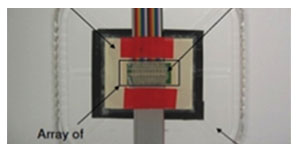
This work utilizes piezoelectric MEMS pressure sensors employing a combination of PZT composite material and silicon by using micromachining ...
SU-8 Pillar
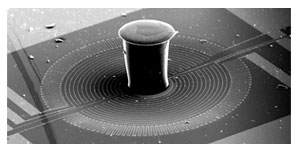
The project is towards developing an artificial lateral-line MEMS sensor array bio-mimicking the functional implications of superficial neuromasts...